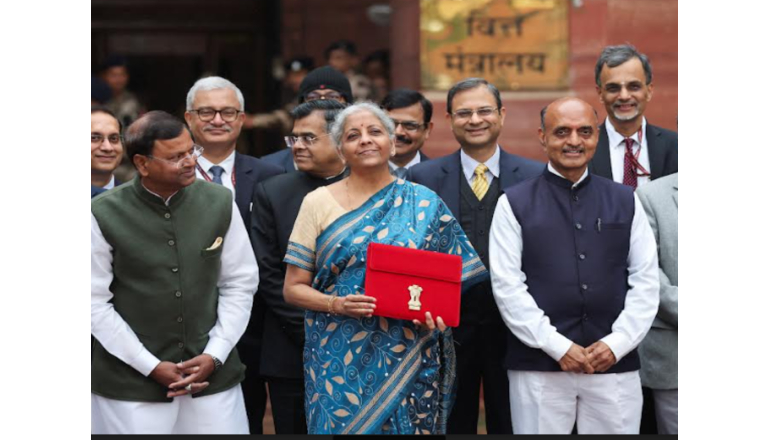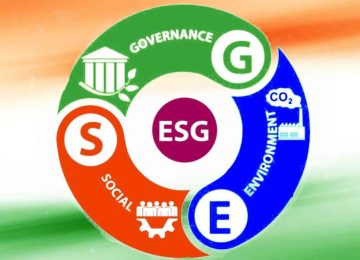The Indian cabinet has approved the PLI scheme for the electronics component manufacturing segment.
This scheme aims to establish a robust component ecosystem in the electronics component manufacturing sector by developing capacity, attracting investments, and integrating Indian companies with Global Value Chains (GVCs).
It will generate Rs. 59,350 crore in investment, Rs. 456,500 crore in output, and create 91,600 new direct and indirect jobs.
The program provides Indian manufacturers with unique incentives to overcome obstacles, develop technological skills, and realize economies of scale, targeting specific segments and providing various types of incentives.
The scheme covers various components for electronic applications, including camera module sub-assembly, bare components, non-surface mount devices, and more. It also includes a turnover-linked incentive, electro-mechanicals, multi-layer printed circuit boards, Li-ion cells, enclosures, and hybrid incentives. The scheme has a six-year tenure and is linked to employment target achievement.
Impact on renewables and EVs:
The new PLI scheme for electronics component manufacturing will likely boost the renewable and EV market segments by fostering domestic production, reducing import dependence, and potentially lowering costs, thereby driving innovation and competitiveness in these sectors.
It complements the Semicon India Program, launched in 2021, to promote the domestic semiconductor industry through incentives and strategic partnerships.
India’s semiconductor market is expected to grow at 13% by 2030, reaching Rs. 8,95,134 crore ($103.4 billion).
The program supports various sectors of the semiconductor industry, including packaging, display wires, outsourced semiconductor assembly and testing (OSATs), sensors, and other critical components. Four schemes have been introduced under the program, including the approval of India’s first indigenous semiconductor chip by 2025.
The PLI scheme encourages innovation and technological advancement in these sectors, leading to job creation. India’s position in the global supply chain will be enhanced. It is being implemented in the National Programme on High Efficiency Solar PV Modules and Advanced Chemistry Cells, aiming to achieve gigawatt-scale manufacturing capacity for these components.
For example, the PLI scheme for solar PV modules has accelerated India’s renewable energy goals. The first phase, with an outlay of $541.8 million (Rs 4,500 crore), established manufacturing capacity, while the second tranche aims to build 65 GW of capacity with $2.35 billion (Rs 19,500 crore). The initiative is expected to create jobs, reduce imports, and drive solar innovation.
The semiconductor story:
Several landmark projects have received approval, including the first major project with Micron, the establishment of a semiconductor fab facility in India, the establishment of an OSAT facility, and the establishment of an outsourced semiconductor assembly and test facility in Gujarat. These proposals have a total combined investment nearing Rs 1.52 lakh crores, signaling a strong commitment to advancing India’s position in the global semiconductor landscape.
Secondly, the Scheme for Promotion of Manufacturing of Electronic Components and Semiconductors (SPECS) helps mitigate the challenges of domestic manufacturing of electronic components and semiconductors.
These endeavors capitalize on the growing electronic content in EVs.
Impact on the EVs:
The Semicon India program aims to create a domestic semiconductor ecosystem, reduce reliance on imports, and drive innovation in EV technology, particularly in power electronics and advanced driver assistance systems (ADAS).
This will boost India’s manufacturing capabilities, stimulate economic growth, and gain a competitive advantage in the global semiconductor market. The program includes financial incentives for manufacturing electronic components, such as those used in EVs, and supports the design infrastructure for semiconductor-related designs.
Key areas of impact include power electronics, ADAS, battery management systems, and infotainment systems. The program strengthens India’s technological foundation and supports its vision for economic resilience and self-reliance.












